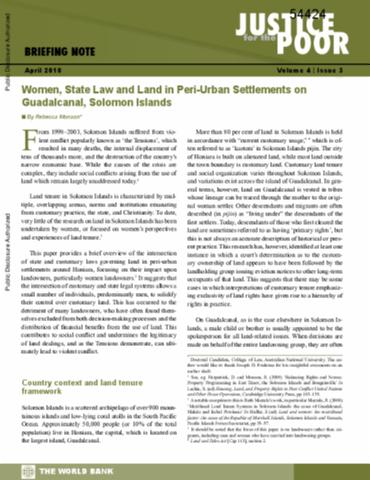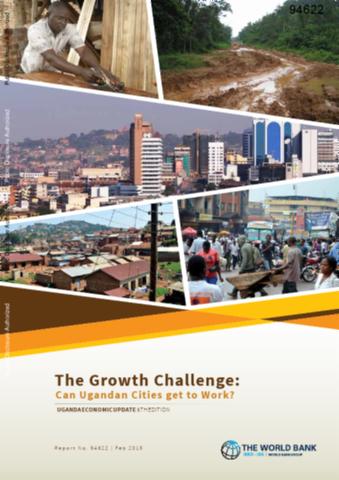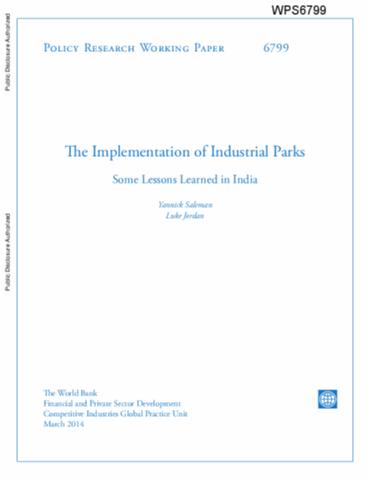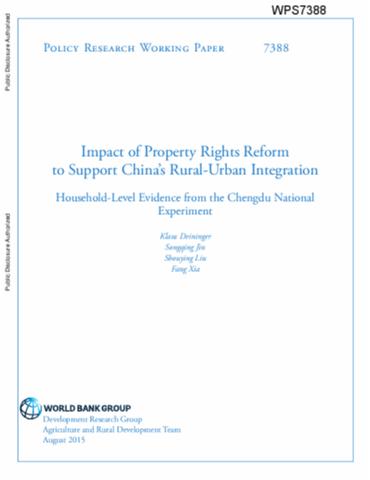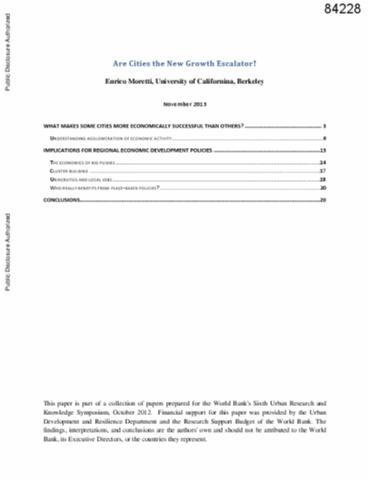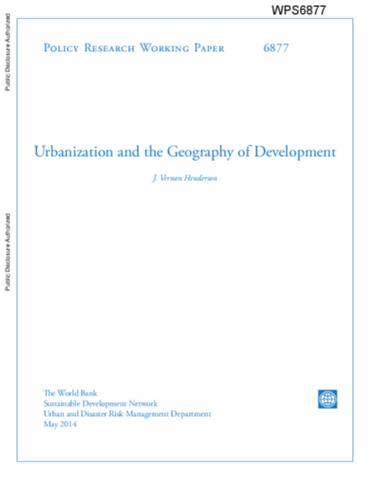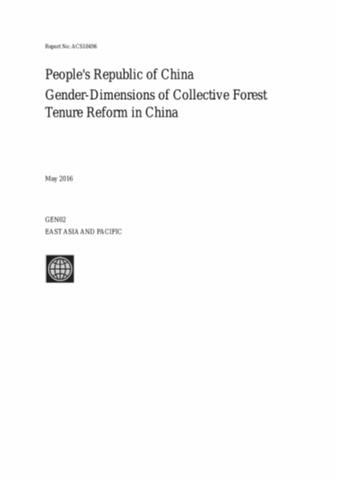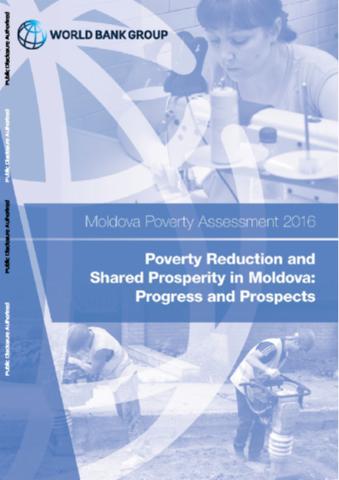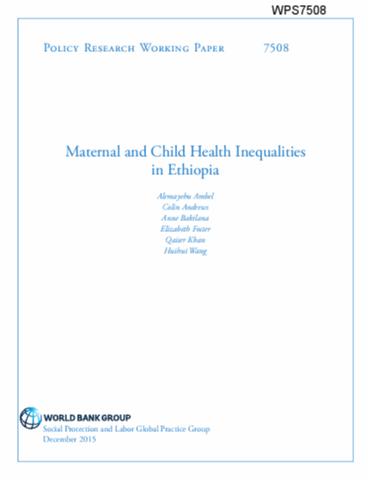Women, State Law and Land in Peri-Urban Settlements on Guadalcanal, Solomon Islands
This paper provides a brief overview of the intersection of state and customary laws governing land in peri-urban settlements around Honiara, focusing on their impact upon landowners, particularly women landowners. It suggests that the intersection of customary and state legal systems allows a small number of individuals, predominantly men, to solidify their control over customary land. This has occurred to the detriment of many landowners, who have often found themselves excluded from both decision-making processes and the distribution of financial benefits from the use of land.

